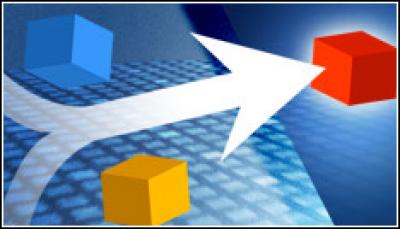IBM/Sun: The Technology Fall-Out

If the merger goes ahead, IBM will have to make choices: Which database, which directory, and which virtualisation technology?
A lot has already been written about the potential technology overlaps in any deal to merge Sun and IBM. eWEEK looks at three key areas to any enterprise: databases, virtualisation and directory. In all those areas, IBM will have to make tricky choices, but might be able to use the two product lines in conjunction with each other.
Databases Would Feed Off Each Other
What would a possible IBM acquisition of Sun Microsystems mean to the database software these two companies provide? IBM has DB2, not to mention Informix, while Sun Microsystems has MySQL. Will one trump the others?
Last year, Sun acquired MySQL, which is the maker of the open-source database MySQL. Although involved in the open-source PostgreSQL and Java DB projects, Sun previously had no database software. MySQL is available either as an open-source product or under a traditional (for-pay) license. The traditional license includes support and access to network monitoring software not available under the open-source license. Online reports claim that MySQL has more than 11 million installations.
IBM, of course, has its competing DB2 database technology, which is not open source. DB2 includes many different editions, including a mobile version and versions for Windows and Linux.
If IBM acquired Sun (and, in turn, the MySQL technology), it would not be the first time IBM acquired a competing database technology. In addition to DB2, IBM has Informix in its product stable. IBM purchased the Informix technology in 2001, and at the time reports said Informix had more than 100,000 installations. When this happened, I remember hearing concerns that Informix would be shuttered. But this did not happen. In fact, IBM has positioned DB2 and Informix separately, while sharing technology between them.
So, one might assume that IBM would do the same thing with MySQL, continuing it as a separate product. MySQL, in turn, could inherit some technology from DB2 and even Informix.
However, according to a report in late 2007, six years after the acquisition of Informix, the number of Informix installations dropped drastically, to 20,000, with no information from IBM about where these users went. (Did they migrate to IBM’s own DB2 product? Did they switch to a competing product from Oracle or Microsoft?).
Should MySQL customers worry that they might find themselves forced to choose another product?
It’s important to remember in this comparison, that Informix is a product which had a very difficult history. MySQL, on the other hand, has positioned itself solidly, with an enormous (and rather proud) user base.
It would be hard to imagine that MySQL users would migrate away from the database, especially those using the open-source license, considering that the product has remained solid (including the open-source licensing) even after Sun acquired it. Users didn’t leave, and development on MySQL has continued.